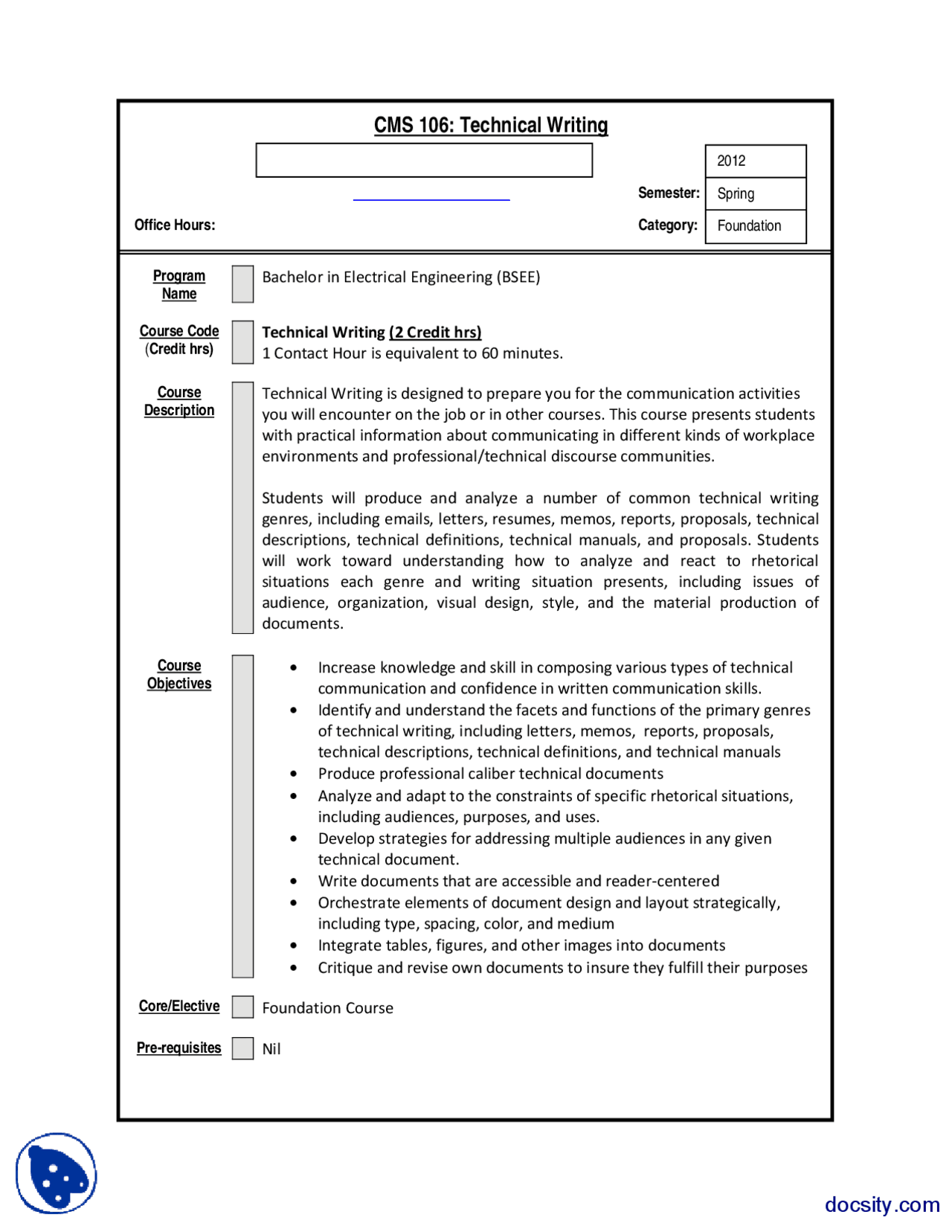If you’re wondering how to write a coursework outline, then you’ve come to the right place. This article will guide you through creating an outline for your coursework and explain how to write the main body, conclusion, and appendix sections. Once you have the structure of your outline down, you’ll be on your way to writing an effective essay. But first, you’ll need to decide on the topic. If you’re writing about a subject you’re unfamiliar with, start with a general outline of your assignment.
Creating a course outline
Creating a course outline is an essential part of teaching. It helps you structure the information you’ll teach into bite-size teaching modules. The information that is floating around in your head is probably unorganized and in no particular order. Even familiar topics can be difficult to break down into smaller, more manageable sections. Use mind mapping software to keep everything in order. This is especially helpful when your course will be a multi-session experience.
The next step is to write down all of the policies and rules of your course. Make sure to let students know what consequences they’ll face if they miss class, and what the grading system is. Many instructors find creating a course outline an intimidating task. That’s why they turn to special software to get their outline done. Using the software can help instructors stay on task and market their courses better. It’s a great way to make sure that your course outline looks great!
Main body
Whether you’re writing a research paper, essay, or any other type of academic paper, you’ll need to understand how to write the main body of your coursework outline. First, you must identify your audience. This audience is your course instructor. It is important to satisfy their curiosity about your topic. Often, this means incorporating relevant facts and statistics. Then, you’ll need to make an introduction and conclusion to support your points.
One of the most difficult parts of writing a coursework is choosing the topic. While this decision is largely personal, it is crucial to choose a subject that you have an interest in. A strong topic will give you insights and motivation to complete your writing. A weak subject can derail your motivation to learn. Your supervisor may have specified the subject, but this is still a good incentive to choose the topic you find interesting. Avoid picking a topic you don’t understand, because it’ll be harder to write well later on.
Conclusion
A conclusion is an important part of a coursework outline. It summarizes the main findings of the study and identifies leads for the issue’s further growth. A well-written conclusion ties together the course work’s various elements and contributes to its logic. The conclusion should be current and theoretically sound. It should also voice the novelty of the study. Its content should be substantiated in theory and practice.
When writing a conclusion, make sure to follow the same pattern as the introduction. The opening paragraph of the conclusion should be a summary of the key points of the whole work. This will also make it easier for readers to understand how the essay fits into the overall work. It should be concise but not short. The conclusion should be the last part of the coursework outline and connect with the introduction. The last sentence should also give the readers a sense of closure.
Appendix
If you’re looking for a little guidance on how to include an appendix in your coursework outline, read on. Appendices are typically one page long and should include a title, author, and date. There’s no particular length requirement for an appendix, but it’s recommended that it’s not too long. Make sure to double-check your content by reading it backwards. The purpose of this step is to catch any errors that may be overlooked in your paper.
You can add visuals to your report by citing the instruments you used to collect data or information. These should be presented in separate sequence from the main body of the report. This way, your audience can easily understand what you’re doing. It’s also good practice to include citations to other researchers or sources of information. This way, you’ll be able to give credit where credit is due.

